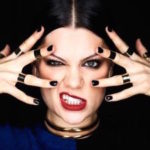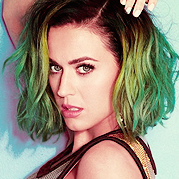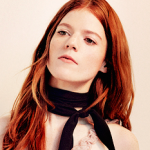A woman turned to me during Joy and said, “I’ve never seen someone portray women so well, except Pedro Almodovar.”
It was a privilege to me, and you could tell that for Jennifer it was as well, because she’s carried a movie with a bow and arrow but not with her heart as much. She said, “This is like climbing Everest to me.”
It seems increasingly rare to see this kind of strong female protagonist in a movie.
It’s remarkable
that you have someone as exciting as Jennifer, who then can get the studio and audiences excited to want to see what seems like an ordinary story. Like any of my movies, it starts with ordinary people and becomes something else.
People are trying to categorize the film as simply a comedy or a drama, but who cares? The film is life.
Thank you for saying that. People try to put us in one or the other and I do feel like the first half of the movie plays more comedically, and the second half becomes as fierce as Joy has to become. It was the most ambitious film I ever made. We all got sick
, and it was the biggest winter in 80 years in Boston—like 11 feet of snow or something. Jennifer was getting sick between takes and then she’d come back and do the most romantic scene. But it gave her this weird vulnerability and it made her seem younger. It was so weird how she used it, because being sick does make you feel like a child. You just want to stay in bed and be comforted. This is my most formal movie. We used a lot of backlighting and a lot more medium or wide shots that were sort of like (the work of painters) Andrew Wyeth or Edward Hopper. We used space to isolate people, even when they’re in a crowd or a city. You’re lonely when you’re daring.


















